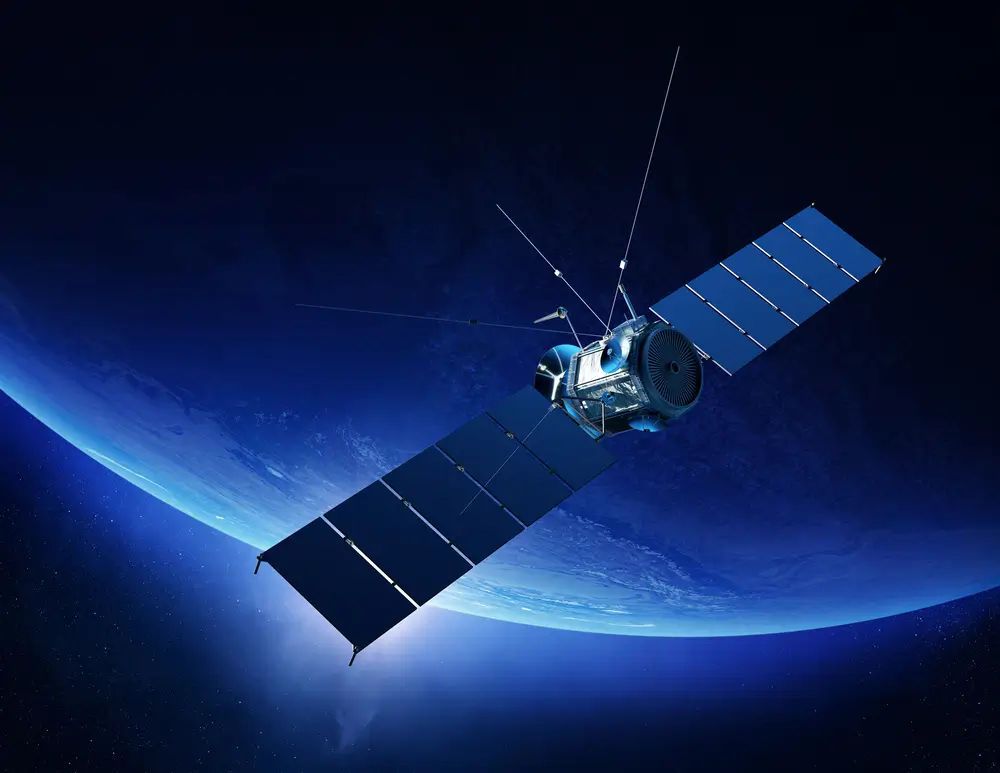
Starlink, the satellite internet constellation project developed by SpaceX, aims to provide high-speed, low-latency internet service to underserved and remote areas across the globe. The size and design of Starlink satellites are crucial aspects that enable the constellation to function effectively and provide reliable service. This article delves into the specifics of Starlink satellite size, their implications on performance, and how they fit into the broader scope of satellite internet technology.
Specifications of Starlink Satellites
Starlink satellites are designed to be compact yet highly functional. Here are the key dimensions and features that define the Starlink satellite size:
- Size and Weight: Each Starlink satellite measures approximately 2.8 meters (9.2 feet) in length and 1.4 meters (4.6 feet) in width, with a thickness of about 0.2 meters (0.7 feet). The weight of each satellite is roughly 260 kilograms (573 pounds).
- Solar Panels: Each satellite is equipped with a single solar array that unfolds once in orbit. This solar panel measures approximately 8 meters (26 feet) in length, significantly extending the satellite’s total span.
- Antenna and Phased Array: The satellites feature a phased array antenna system for communication with Earth stations and user terminals. These antennas are critical for maintaining high-speed data transmission and low latency.
- Ion Thrusters: For maneuvering in space, Starlink satellites use a krypton-powered ion thruster system. This propulsion technology allows the satellites to adjust their orbits, avoid collisions, and eventually deorbit at the end of their operational life.
Importance of Satellite Size
The compact Starlink satellite size is a strategic choice by SpaceX, enabling several advantages:
- Launch Efficiency: The relatively small size and weight allow SpaceX to launch multiple satellites simultaneously. A single Falcon 9 rocket can carry up to 60 Starlink satellites into orbit, significantly reducing the cost per satellite and accelerating the deployment of the constellation.
- Orbital Deployment: The dimensions of the satellites facilitate easier deployment and reduce the risk of collision during the initial phase when the satellites are released into space.
- Manufacturing and Maintenance: Smaller satellites are easier to manufacture in large quantities. SpaceX’s streamlined production process at its facility in Redmond, Washington, ensures that satellites are built rapidly and efficiently.
Impact on Performance
The design and size of Starlink satellites play a critical role in their operational performance:
- Coverage and Capacity: The compact design allows for a denser satellite network, which enhances coverage and increases the capacity to serve more users simultaneously.
- Latency and Speed: The phased array antennas and advanced communication systems within the compact satellites ensure low latency and high-speed internet, making Starlink competitive with traditional broadband services.
- Flexibility and Scalability: The modular nature of the satellites means that improvements and upgrades can be incorporated without significant redesigns, allowing SpaceX to enhance the constellation’s capabilities over time.
Conclusion
The compact Starlink satellite size exemplifies the innovation and efficiency required to build a global satellite internet network. Their size, combined with advanced technology, allows SpaceX to deploy a vast constellation that promises to revolutionize internet access worldwide. Understanding the size and design of these satellites provides insight into how SpaceX aims to achieve its ambitious goals and the technological prowess behind this groundbreaking project.
FAQs
- What is the size of a Starlink satellite? Each Starlink satellite measures approximately 2.8 meters in length, 1.4 meters in width, and 0.2 meters in thickness. They weigh around 260 kilograms.
- How many Starlink satellites can a Falcon 9 rocket launch at once? A Falcon 9 rocket can carry up to 60 Starlink satellites per launch.
- What propulsion system do Starlink satellites use? Starlink satellites use a krypton-powered ion thruster system for maneuvering in space.
- How long are the solar panels on a Starlink satellite? The solar panels on a Starlink satellite are about 8 meters long when fully extended.
- What kind of antennas do Starlink satellites use? Starlink satellites are equipped with phased array antennas to ensure efficient and high-speed communication with Earth stations and user terminals.


